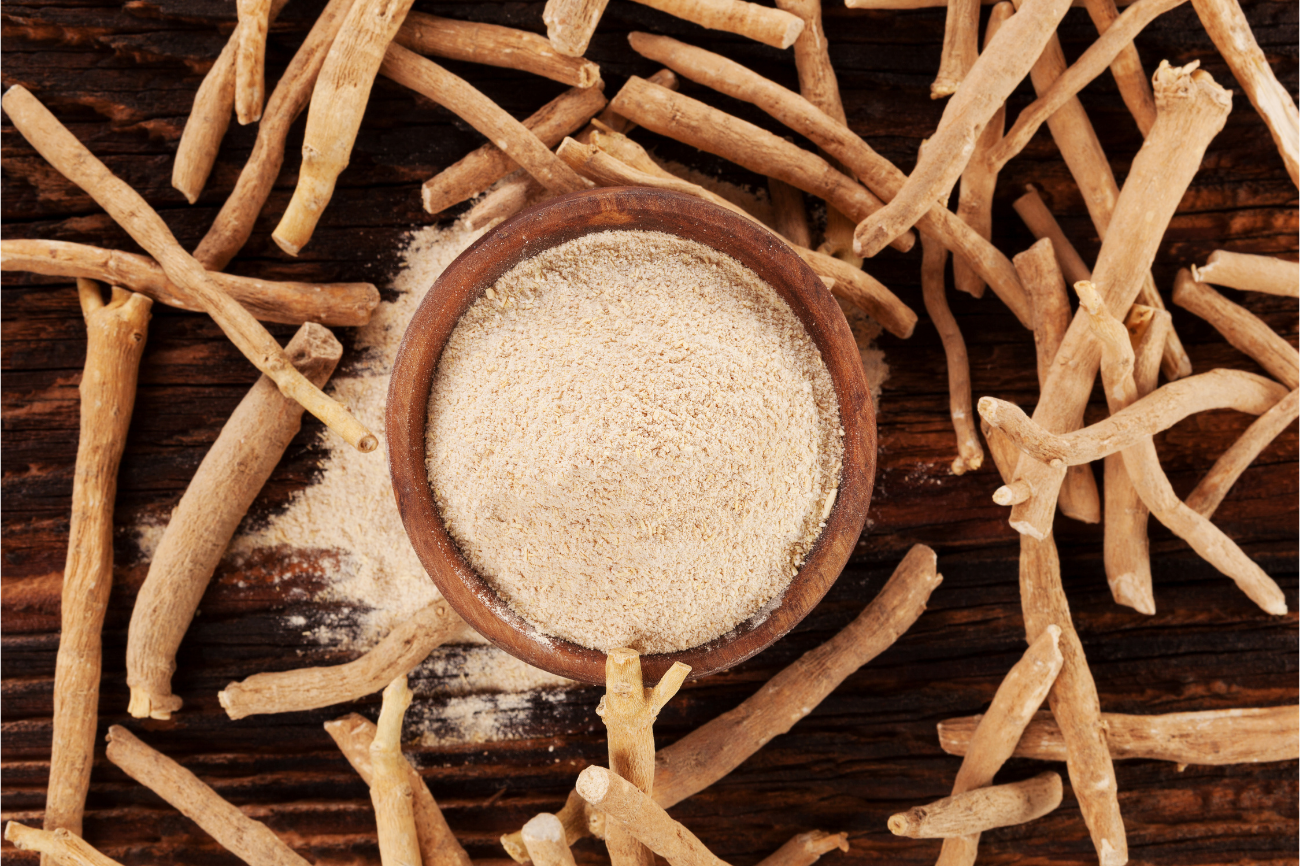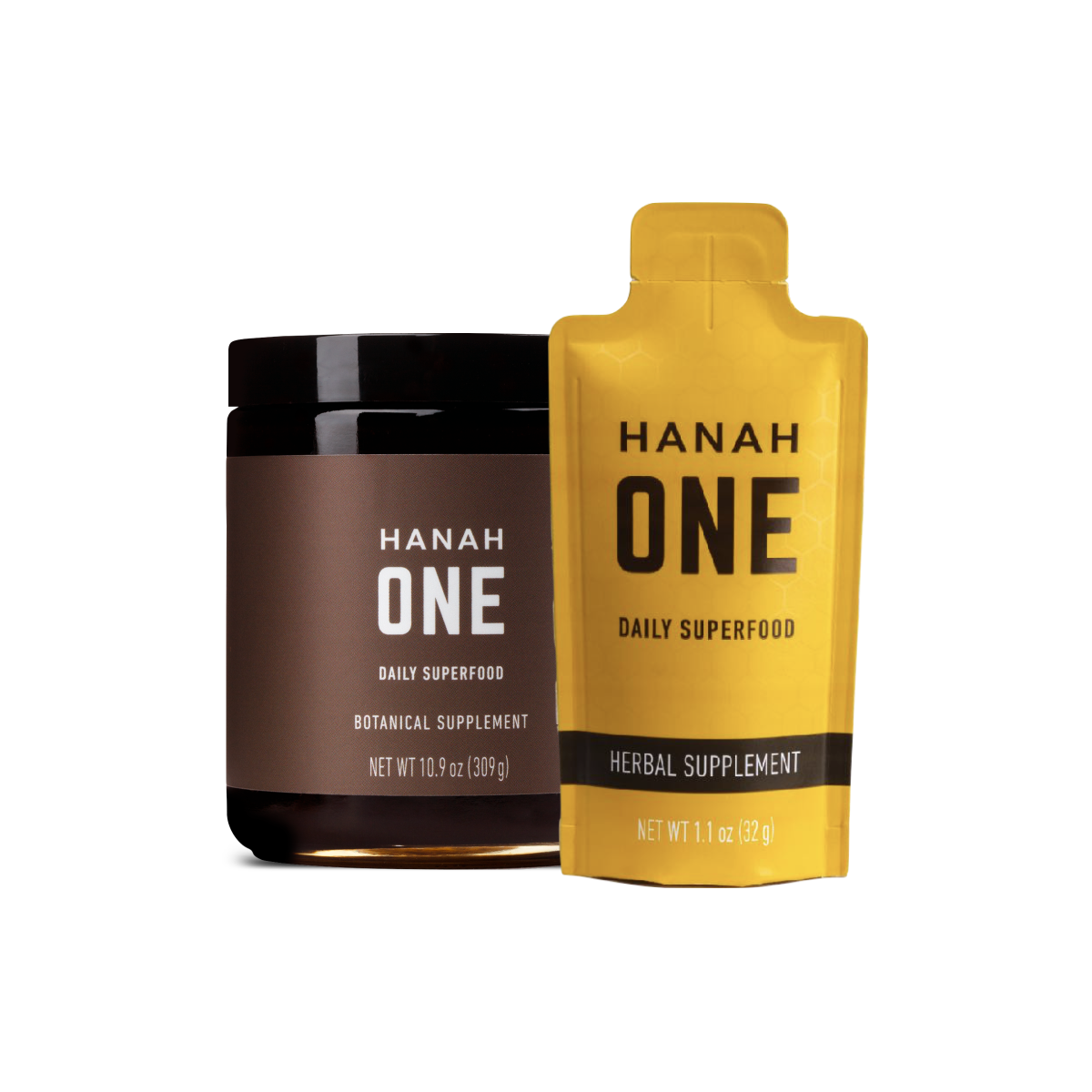Not all ingredients are created equal — why ashwagandha is pure magic (part 1 of 2)

As "the magical herb" gains momentum in the mainstream, let's break down the research-backed benefits that are winning over everyone from pro athletes to our grandmas
By now, you’ve probably heard about ashwagandha. This once obscured herb, used for thousands of years in ancient Ayurveda and a household name in Indian households, has broken into the mainstream. It’s not uncommon to see athletes mentioning ashwagandha supplements or media publications sharing listicles touting its many benefits. It’s easy to write this growing popularity off as a passing trend, since we’re used to seeing health and wellness tips fade in and out of the mainstream spotlight — think detox teas and charcoal toothpastes. However, we’re not surprised by ashwagandha’s growing acclaim and there’s a trove of scientific evidence to suggest that it could be here to stay.
Often referred to as the “the magical herb,” “the king of herbs” or “the hero of herbs,” ashwagandha has several big names to live up to — and we feel that it does. In Ayurvedic medicine, it’s considered an adaptogen, a rasayana and a nootropic. Some might be tempted to skim over these technical terms, but they are the key to ashwagandha’s powers. Here’s a brief dive into each one:
Adaptogens
You may have heard this buzzword making its rounds with the general rise in herbal medicines such as turmeric and cordyceps. An adaptogen is an herb that improves an individual’s ability to cope with and avoid damage from stress — any kind of physical, mental or psychological strain. In times of increased stress, adaptogenic herbs normalize the physiological process of the body and help the body adapt to those stress-induced changes.
Rasayanas
This term, also based in Ayurveda, is given to herbs or herbal formulas which rejuvenate and help in maintenance and promotion of health. At its core, it means nutrition at all levels from macro to micro-cellular level. Rasayana therapy replenishes vitality within the body and boosts the immune system. The result is an overall more youthful state which can more effectively ward off illnesses, stressors and disease.
Nootropics
Coined in 1972 by the Romanian psychologist and chemist Cornelieu Giurgea, “nootropic” denotes a drug, nutrient or food that improves one or more aspects of brain function. For the purpose of this discussion, ashwagandha is considered to be a plant-based nootropic. Its main nootropic benefits occur by its ability to repair damage to neurons and synapses caused by chronic stress. Some of those benefits could include improved cognition, reduced anxiety and enhanced mood.
This triple-threat classification only scrapes the surface in uncovering the strength of ashwagandha as a medicinal herb. What truly matters, and likely what you are here to learn more about, are the everyday benefits. There have been hundreds of studies and articles written on the benefits of ashwagandha, and in part two of this blog, we’ll dive deep into those benefits and the research to back them up.
Learn more about HANAH Ashwgandha+
- Read part two in this two-part blog series
- Why athletes love ashwagandha
- Ashwagandha > coffee for pro skier Angel Collinson
- Explore our ashwagandha recipes
Disclaimer: Statements throughout this publication have not been evaluated by the FDA. These products are not intended to diagnose, treat, cure or prevent any disease process.








Leave a comment
This site is protected by hCaptcha and the hCaptcha Privacy Policy and Terms of Service apply.